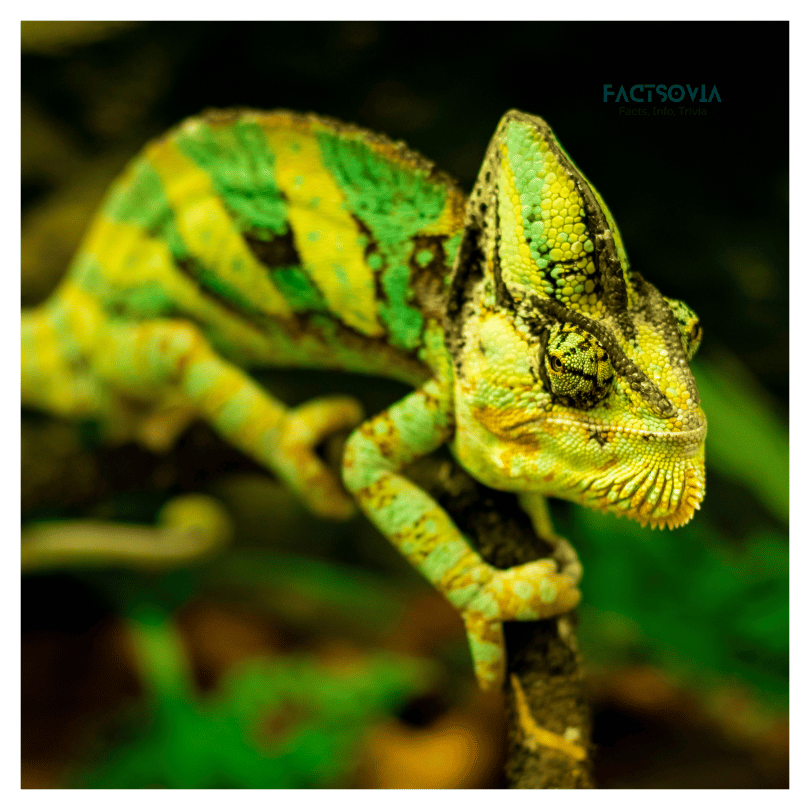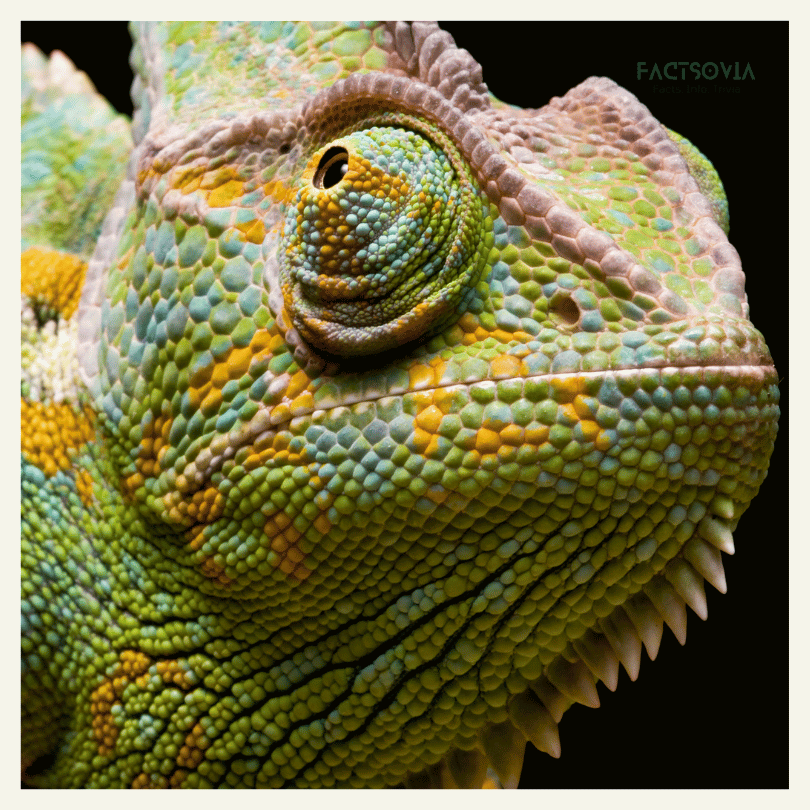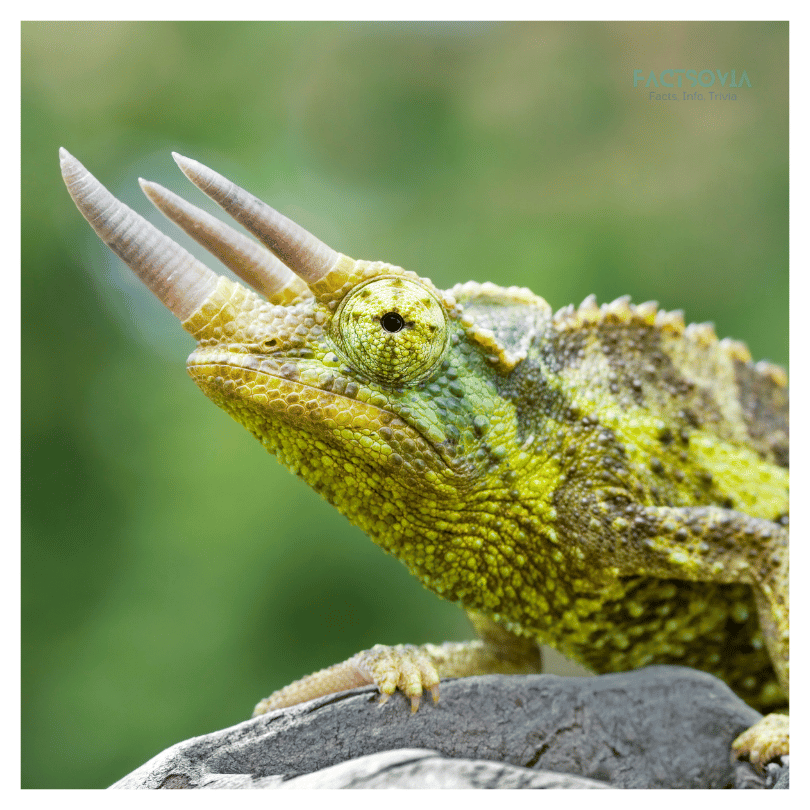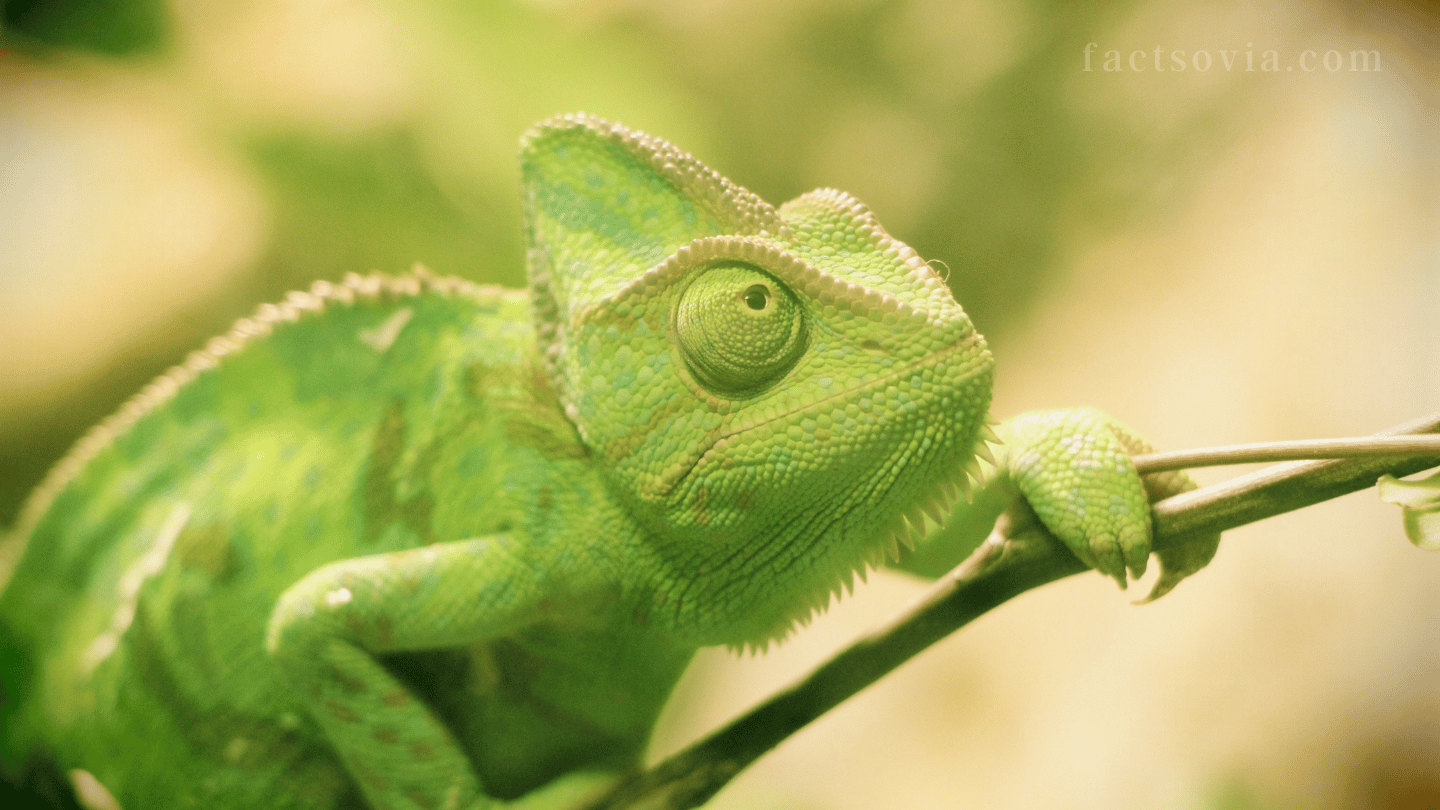We use affiliate links to run our site. When you buy through links on our site, we may earn an affiliate commission, without any added cost to you. Learn more
Chameleons are captivating creatures that have intrigued humans for centuries. With their ability to change color and their unique physical features, they stand out among other reptiles. One question that frequently arises when discussing chameleons is: How long do they live?
In this article, we will delve into the lifespan of chameleons, exploring the factors that influence their longevity and unveiling some of the remarkable adaptations that contribute to their survival.
So, let’s embark on a journey into the fascinating world of these enigmatic reptiles.
About Chameleons:
Chameleons are a diverse group of reptiles belonging to the family Chamaeleonidae. They are native to various regions of the world, including Africa, Madagascar, Europe, and the Middle East.
These reptiles are renowned for their ability to change color, but contrary to popular belief, they do not do so to blend in with their surroundings. Instead, their color-changing capability is primarily used for communication, thermoregulation, and expressing their emotions.
Lifespans of Different Chameleon Species:
| Chameleon Species | Average Lifespan in Captivity |
| Veiled Chameleon | 2-10 years |
| Jackson’s Chameleon | 2-5 years |
| Panther Chameleon | 3-8 years |
| Pygmy Chameleon | 6 months – 2 years |
| Oustalet’s Chameleon | 3-10+ years |
| Meller’s Chameleon | 4-12 years |
| Parson’s Chameleon | 7-13 years (up to 20+ years) |
| Carpet Chameleon | 2-4 years |
| Senegal Chameleon | 2-3 years |
| Fischer’s Chameleon | 3-5 years |
| Rudis Chameleon | 3-4 years |
| Giant Spiny Chameleon | 3-5 years |
Factors Influencing Chameleon Lifespan

The lifespan of chameleons varies depending on several factors, including species, habitat, environmental conditions, and individual health. Generally, smaller species of chameleons tend to have a shorter lifespan compared to their larger counterparts.
For instance, the Brookesia micra, one of the world’s smallest chameleons, has an average lifespan of only one to two years.
On the other hand, larger chameleon species such as the veiled chameleon (Chamaeleo calyptratus) can live up to five to seven years in captivity and potentially longer in the wild.
Habitat and environmental conditions also play a significant role in chameleon lifespan. Chameleons are highly adaptable creatures and can be found in a range of habitats, including rainforests, deserts, and mountainous regions.
The availability of food, water, suitable temperatures, and hiding places greatly affects their overall health and longevity.
Additionally, exposure to predators, diseases, and human activities can impact their survival rates.
Longevity of Popular Chameleon Species
Now, let’s explore the lifespans of some well-known chameleon species:
1. Panther Chameleon (Furcifer pardalis)
The vibrant and striking Panther Chameleon is native to Madagascar. This species is known for its remarkable coloration and large size.
In captivity, Panther Chameleons can live for five to ten years with proper care and a well-maintained habitat. However, some individuals have been known to live even longer, reaching up to 12 years of age.
2. Jackson’s Chameleon (Trioceros jacksonii)
Endemic to East Africa, Jackson’s Chameleon is highly recognized for its three distinctive horns and triangular head shape.
These chameleons typically have a lifespan of five to ten years, but again, with optimal conditions and diligent care, they may live beyond that range.
3. Veiled Chameleon (Chamaeleo calyptratus)

The Veiled Chameleon, native to Yemen and Saudi Arabia, is a popular choice among reptile enthusiasts. It is revered for its unique casque (head crest) and ability to change color dramatically.
With proper husbandry, a well-balanced diet, and an adequate enclosure, Veiled Chameleons can live for five to seven years. However, there have been reports of some individuals living up to ten years or more.
4. Fischer’s Chameleon (Kinyongia fischeri)
Indigenous to Kenya and Tanzania, Fischer’s Chameleon is known for its vibrant coloration and arboreal lifestyle.
In captivity, these chameleons typically have a lifespan of five to eight years, provided they receive appropriate care and a suitable environment.
Essential Care for Chameleon Longevity
To ensure the long and healthy life of your chameleon, it is crucial to provide optimal care and meet their specific requirements. Here are some essential guidelines to follow:
1. Enclosure and Habitat
Chameleons require spacious enclosures that mimic their natural habitat. A well-ventilated terrarium or mesh enclosure with plenty of climbing branches, foliage, and hiding spots is essential.
It is vital to maintain proper humidity and temperature levels within the enclosure, as different species have varying requirements.
2. Diet and Nutrition
Chameleons are insectivores, meaning their diet mainly consists of various insects. Providing a diverse range of gut-loaded and dusted insects, such as crickets, roaches, and silkworms, ensures they receive the necessary nutrients.
Additionally, supplementation with calcium and vitamin D3 is crucial for their bone health.
3. Lighting and UVB Exposure
Chameleons require access to proper lighting, including a source of UVB radiation. UVB enables chameleons to synthesize vitamin D3, which is vital for calcium absorption and overall well-being.
Full-spectrum lighting should be provided for 10-12 hours a day to simulate natural day-night cycles.
4. Hydration and Misting
Maintaining proper hydration is crucial for chameleons, as they obtain most of their water through droplets on foliage.
Regular misting of the enclosure helps simulate rainfall, encouraging drinking and maintaining humidity levels. Providing a dripper or shallow water dish is also recommended.

5. Veterinary Care and Monitoring
Regular check-ups with a reptile-savvy veterinarian are essential to monitor your chameleon’s health. Routine examinations, fecal tests, and preventive measures against parasites and diseases ensure early detection and prompt treatment, if necessary.
Conclusion:
Chameleons are extraordinary reptiles that captivate us with their color-changing abilities and unique characteristics. While their lifespans may vary depending on species and environmental factors, providing them with optimal care and a suitable habitat can significantly contribute to their longevity.
Remember to educate yourself about the specific needs of your chameleon species and consult reputable sources to ensure the best possible care.
By doing so, you can enjoy the company of these enchanting creatures for years to come and witness the wonders of their captivating world.
Amazon and the Amazon logo are trademarks of Amazon.com, Inc, or its affiliates.
